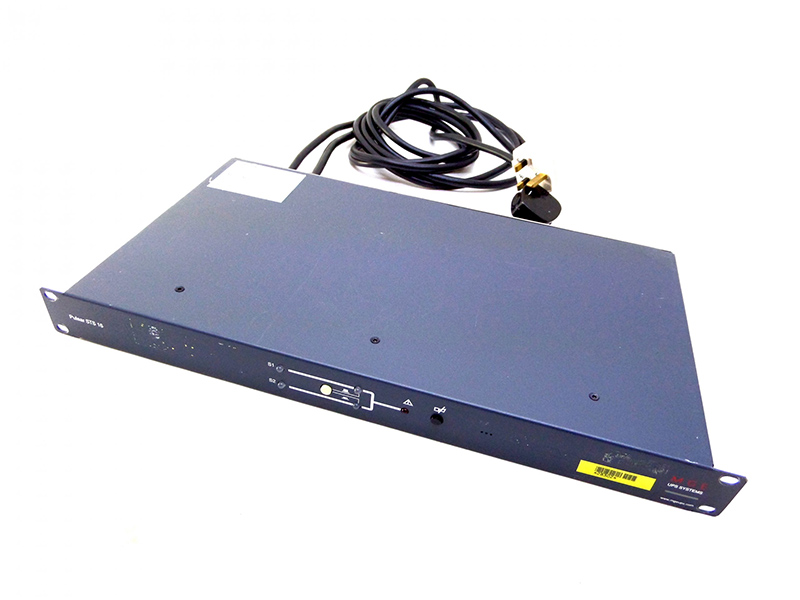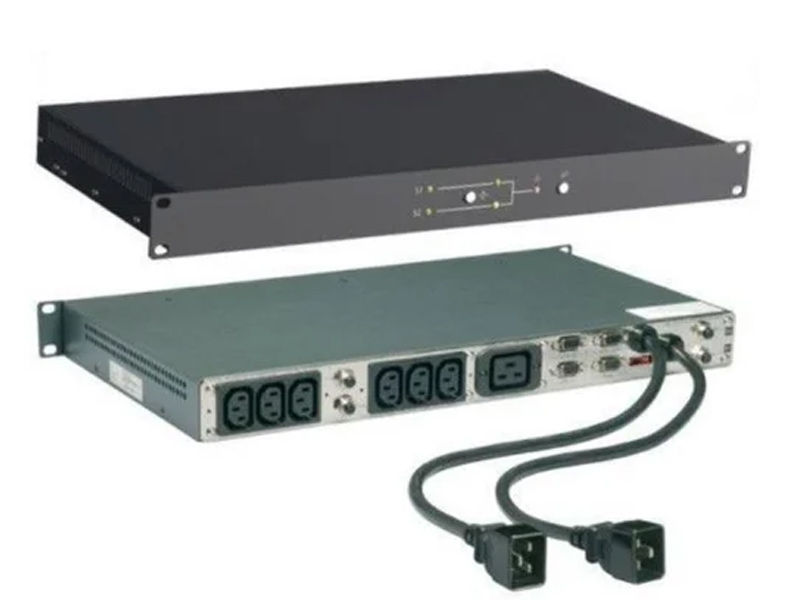All Size of UPS & ATS / STS
UPS (Uninterruptible Power Supply) and ATS (Automatic Transfer Switch) or STS (Static Transfer Switch) are essential components of power management systems that ensure uninterrupted power supply in critical infrastructure environments. They come in various sizes and capacities to meet different power requirements. Here's an overview of UPS and ATS/STS systems of different sizes:
1. Small UPS (Up to 5 kVA): Small UPS systems are commonly used for protecting individual workstations, small office equipment, or home appliances. They typically provide backup power for a few minutes to bridge short power outages and allow for safe shutdowns.
2. Medium UPS (5 kVA to 100 kVA): Medium-sized UPS systems are suitable for small to medium-sized businesses, server rooms, or network closets. They offer extended backup power to keep critical systems running during power interruptions. These UPS systems often come with additional features like extended runtime options, monitoring capabilities, and scalability for future expansion.
3. Large UPS (100 kVA and above): Large UPS systems are designed for data centers, industrial facilities, or large-scale enterprise environments. They provide high-capacity backup power to support critical servers, data storage systems, and other mission-critical equipment. Large UPS systems often offer advanced features such as redundant configurations, fault tolerance, and sophisticated management capabilities.
4. ATS (Automatic Transfer Switch) or STS (Static Transfer Switch): ATS or STS systems are used in conjunction with UPS systems to provide seamless and automatic power transfer between multiple power sources. They monitor the incoming power sources, such as utility power and backup generators, and automatically switch to the alternate power source in the event of a power failure or voltage irregularities. ATS/STS systems come in various sizes and configurations, allowing for redundant power sources and minimizing downtime.
When selecting a UPS or ATS/STS system, consider factors such as the total power requirements of your equipment, the expected runtime during power outages, the scalability for future expansion, and any specific requirements or regulations in your industry. It's important to evaluate the efficiency, reliability, and management capabilities of the systems to ensure they meet your specific needs.
Consulting with power management experts or working with reputable manufacturers can help you determine the appropriate size and configuration of UPS and ATS/STS systems for your specific application, ensuring reliable and uninterrupted power supply to your critical infrastructure.
1. Cameras: CCTV cameras capture video footage of the monitored area. There are various types of cameras, including dome cameras, bullet cameras, PTZ (pan-tilt-zoom) cameras, and IP cameras. IP cameras use the Internet Protocol to transmit video data over a network.
2. Digital Video Recorders (DVRs) or Network Video Recorders (NVRs): DVRs or NVRs store and manage video recordings from CCTV cameras. DVRs are typically used with analog cameras, while NVRs are used with IP cameras. They offer features like motion detection, remote viewing, and video analytics.
3. Monitors: Monitors display the live video feed or recorded footage from the CCTV system. They come in various sizes and resolutions, depending on the requirements of the installation.
4. Cabling and Accessories: CCTV solutions require cabling to connect cameras, recorders, and power supplies. Accessories such as power supplies, connectors, and mounting brackets are also essential for proper installation and operation.
LIU (Light Interface Unit): A Light Interface Unit (LIU) is a device used in fiber optic networking to provide connectivity and manage fiber optic cables. LIUs are typically used in data centers, telecommunications facilities, or other environments where fiber optic cabling is deployed. Here are some key features of LIUs:
1. Fiber Management: LIUs provide a centralized location for organizing and managing fiber optic cables. They typically include fiber splice trays, cable routing guides, and cable management features to ensure proper fiber handling and organization.
2. Patching and Connectivity: LIUs allow for easy patching and connection of fiber optic cables. They provide termination points where fibers can be connected, spliced, or patched to other cables or network devices.
3. Security and Protection: LIUs often feature secure enclosures or cabinets to protect the fiber optic connections and equipment from dust, physical damage, and unauthorized access.
4. Scalability: LIUs are designed to accommodate multiple fibers and can be scaled to support growing network demands. They provide a modular and expandable solution for managing fiber optic infrastructure.
When implementing a CCTV solution or deploying fiber optic networking, it is important to consider the specific requirements of your environment, the desired functionality, and the scalability of the system. Consulting with experts or professional integrators can help determine the most suitable networking products, CCTV components, and LIUs for your specific needs.



